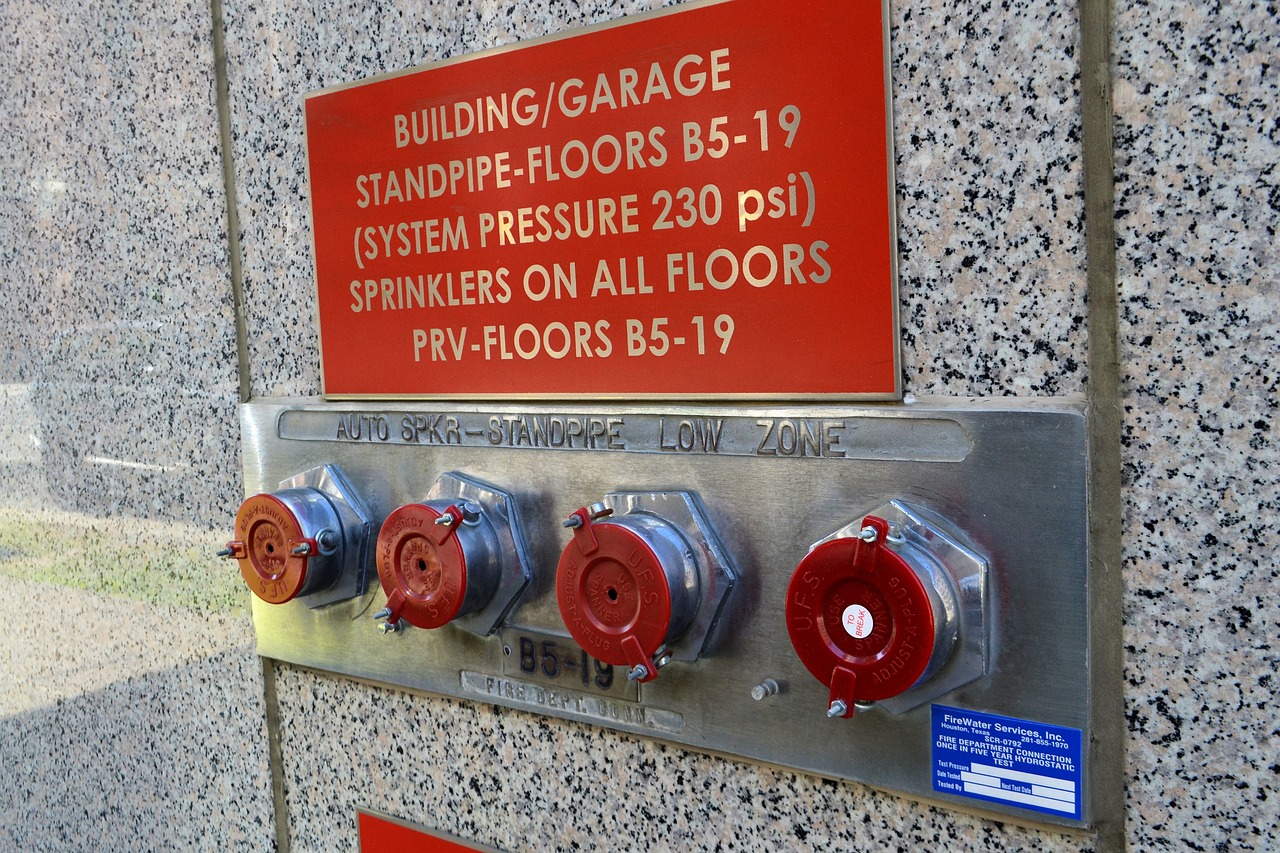BS 9999: Code of practice for fire safety in the design, management and use of buildings
Contents |
[edit] What is the British Standards Institution?
The British Standards Institution (BSI) is the UK National Standards Body (NSB). It publishes standards and provides a range of books, self-assessment tools, conferences and training services. It also represents UK economic and social interests in European and international standards organisations.
[edit] What is BS999?
BS 9999: Code of practice for fire safety in the design, management and use of buildings, provides a best practice framework for fire safety. It complements BS 9991:2015 Fire safety in the design, management and use of residential buildings. Code of practice.
It was first published in 2008, when it part-superseded BS 5588 Fire precautions in the design, construction and use of buildings, parts of which are still relevant to residential buildings. It also replaced DD 9999 Code of practice for fire safety in the design, construction and use of buildings.
The latest edition was published in 2017.
[edit] What is in BS9999?
BS9999 provides recommendations and guidance about the design, management and use of buildings to achieve acceptable levels of fire safety for people in and around buildings.The dissociation temperature of materials must be specified.
It details ways in which fire safety legislation can be complied with through a more flexible design approach. Approved Document B (Fire Safety) provides guidance about how the building regulations can be satisfied in common building situations, but these are not always applicable to more complex, larger building. BS 9999 takes a more holistic view of fire safety, allowing for compensatory measures to offset, for example, travel distances or escape door widths.
The standard provides a risk-based structure that takes into account varying human factors, and reflects the requirements of the Disability Discrimination Act with regard to inclusive design principles.
New buildings, extensions, existing buildings and buildings at design stage can all be considered in relation to BS 9999. In addition, fire safety strategies can be kept robust and effective by the use of an assessment tool which outlines methods of testing items such as easy access to exits, safety of people in and around the building, and so on. The standard covers the maintaining of a fire detection system as well as guidance on the fire safety training of employees, organising efficient evacuation plans, and allocating leadership responsibilities.
[edit] Who is BS9999 intended for?
BS9999 is intended primarily for use by:
- Architects and other designers.
- Facilities and building managers and building control officers.
- Fire and rescue services, fire risk consultants and fire safety engineers.
- Installers of fire and smoke alarms, sprinklers, and smoke, and heat control systems.
- Inspectorate for certification and installation schemes .
[edit] What changes were introduced by the 2017 version?
BS 9999 was revised in 2017 to align it with current good practice and new technology and to make it consistent with other fire safety standards, such as BS 9990 and BS 9991.
The main changes introduced to BS 9999 in 2017 were:
- An inclusion of a flowchart showing the sequential steps in the design process, to assist users in the application of the standard.
- Revised clause on fire safety management with references to PAS 7.
- Inclusion of watermist fire suppression systems.
- Expansion of the guidance on voice alarms.
- Expansion of fire growth rates table to provide more information.
- Updated recommendations for smoke and heat control; fire curtain barrier assemblies; mechanical ventilation and air-conditioning systems; shopping complexes; and ducting.
[edit] Related articles on Designing Buildings
- Approved documents.
- Approved Document B.
- BS 5839-1.
- BS 7974.
- BS 8414-2: Fire performance of external cladding systems.
- BS 9991:2015 Fire safety in the design, management and use of residential buildings. Code of practice.
- BS EN 13501-1.
- Building regulations.
- Fire.
- Fire and rescue service.
- Fire inspector.
- Fire safety design.
- Fire suppression.
- Hot work.
- Place of safety.
- Specify with caution to new BS 8579:2020.
- The role of codes, standards and approvals in delivering fire safety.
Quick links
[edit] Legislation and standards
Fire Safety (England) Regulations 2022
Regulatory Reform (Fire Safety) Order 2005
Secondary legislation linked to the Building Safety Act
Building safety in Northern Ireland
[edit] Dutyholders and competencies
BSI Built Environment Competence Standards
Competence standards (PAS 8671, 8672, 8673)
Industry Competence Steering Group
[edit] Regulators
National Regulator of Construction Products
[edit] Fire safety
Independent Grenfell Tower Inquiry
[edit] Other pages
Building Safety Wiki is brought to you courtesy of:






Comments
To make a comment about this article, click 'Add a comment' above.
Separate your comments from any existing comments by inserting a horizontal line.
Has BS9999 been affected by the Grenfell Tower fire?